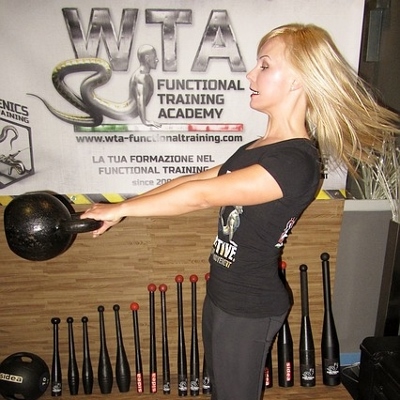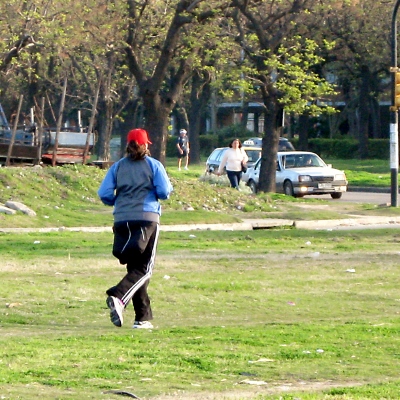 What you run on is important. Each surface affects your form in a different way. Densely packed surfaces can be hard on joints, while more “giving†surfaces can be hard on certain muscle groups. The stress from the impact falls in different areas. All surfaces have pros and cons.
What you run on is important. Each surface affects your form in a different way. Densely packed surfaces can be hard on joints, while more “giving†surfaces can be hard on certain muscle groups. The stress from the impact falls in different areas. All surfaces have pros and cons.
Grass – Grass fields are generally a very safe pick for runners. It makes the runner work harder to get the same speed that one would get on a road, which helps build muscle, without putting much stress on the limbs. Unfortunately, flat, grassy stretches are sometimes hard to find; running around a soccer field 200 times doesn’t cut it for the typical running enthusiast.
Woodland trails – Much like grass, but slightly more hazardous. There is the risk of tripping on roots or slipping on muddy areas after there has been rainfall.
Asphalt (roads) – Asphalt is a fairly unforgiving surface. It doesn’t absorb much of your energy, which is hard on your legs, but also means that it is a “fast†surface. You get out what you put into it.
Concrete (sidewalks) – Though sidewalks are easily accessible, flat, and a safe choice (to avoid automobile traffic), they are one of the worst for your legs. While concrete may seem comparable to asphalt, it is actually several times harder, and delivers the most shock to your joints, when compared with other surfaces.
Sand – If you’ve ever gone for a run on the beach, you know that running on sand is drastically different from running on a regular road. Among the benefits of running on sand is that it is a great surface for barefoot running, it absorbs a great deal of shock (though this does depend on how wet the sand is), and will provide a superb workout for your calves. Unfortunately, beaches are not always even surfaces, and sands’ softness can actually be a risk for those who have trouble with their Achilles.
In order to avoid injury (e.g. through overuse of a particular muscle group), there is not one specific surface upon which one should train. It is best to run on a variety of surfaces. The first time you try a new surface, take it easy; give your body time to adjust the way it absorbs each step. You may not like the new surface at first, and might even feel sore later if you’ve targeted muscles that usually don’t receive as much attention, but your body will eventually thank you for the variation.





